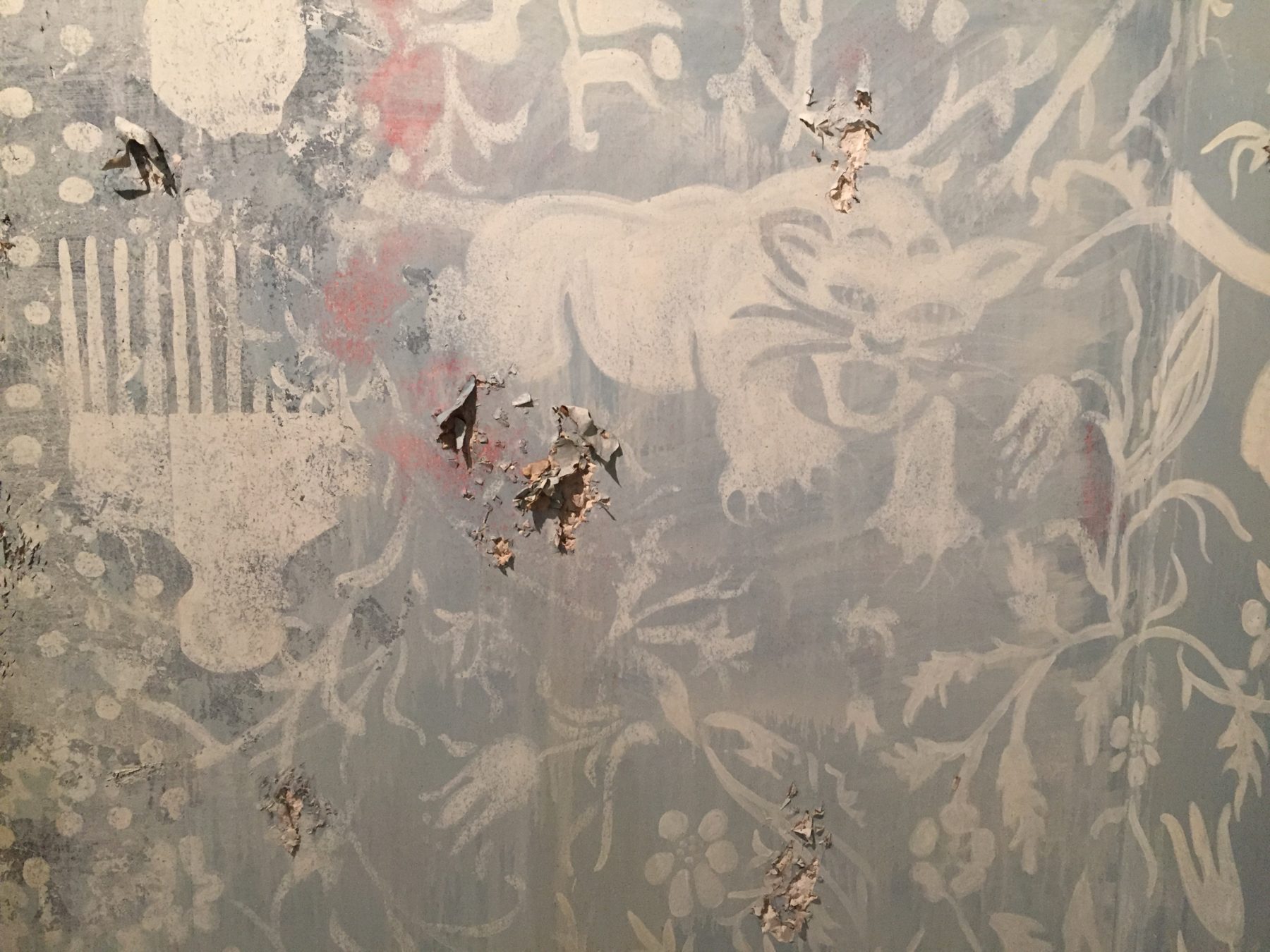Tracing the history of social movements in the United States and the Caribbean, Firelei Báez: Bloodlines presents a new body of work by Firelei Báez.
Báez, born in Santiago de los Caballeros, Dominican Republic, is inspired by lineages of black resistance and makes connections that further our understanding of dispersed groups.
Bloodlines showcases paintings and drawings depicting textiles, hair designs, and body ornaments, linking symbols of power with human gestures. The work is labor intensive, delicate, rich in color, and presents female subjects as strongly connected to both a past and present understanding of race. In several paintings women are featured in elaborate tignons, an 18th century headdress imposed by law for women of color in New Orleans and a tradition that although imposed as a form of oppression became, through elaborate patterning and design, a symbol of power and beauty. Azabache, gemstones carved into fists and worn in Latin American cultures as protection from evil spirits, and panthers, a symbol claimed by the Black Panthers, the African American revolutionary party founded in the 1960s, also adorn the work. The exhibition also includes a number of new works shown for the first time.
Firelei Báez: Bloodlines is organized by Pérez Art Museum Miami Assistant Curator María Elena Ortiz. The Pittsburgh presentation is coordinated by Jessica Beck, The Warhol’s associate curator of art.
Support for the Pittsburgh presentation is generously provided by Karen and Jim Johnson, Vivian and Bill Benter, Michele Fabrizi, and Kiya Tomlin. Firelei Báez: Bloodlines and its presentation at the Pérez Art Museum Miami was made possible by BNY Mellon with additional support from Chloé.
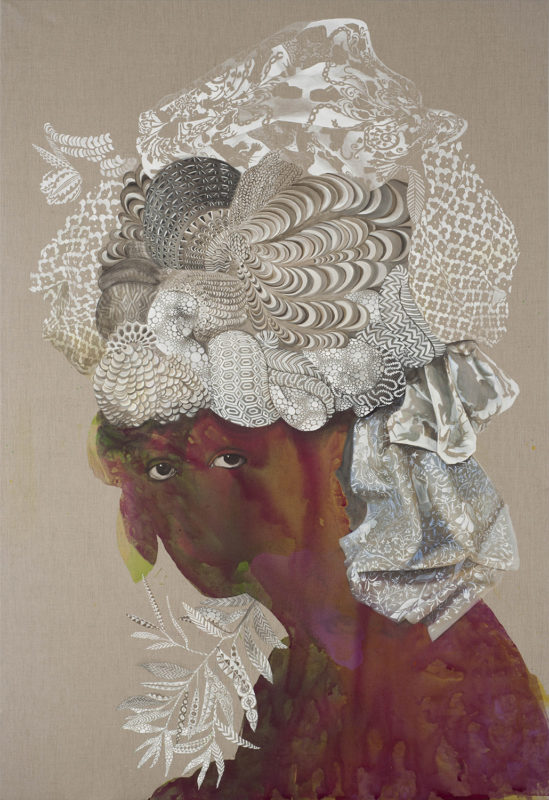
Firelei Báez, Sans-Souci (This threshold between a dematerialized and a historicized body), 2015, collection Pérez Art Museum Miami, museum purchase with funds provided by Leslie and Greg Ferrero and Rose Ellen Meyerhoff Greene, photo by Oriol Tarridas Photography.
The premise of the show is to bring out subaltern histories, things that are not taught in our textbooks, that exist but haven’t been always named.
Image Gallery

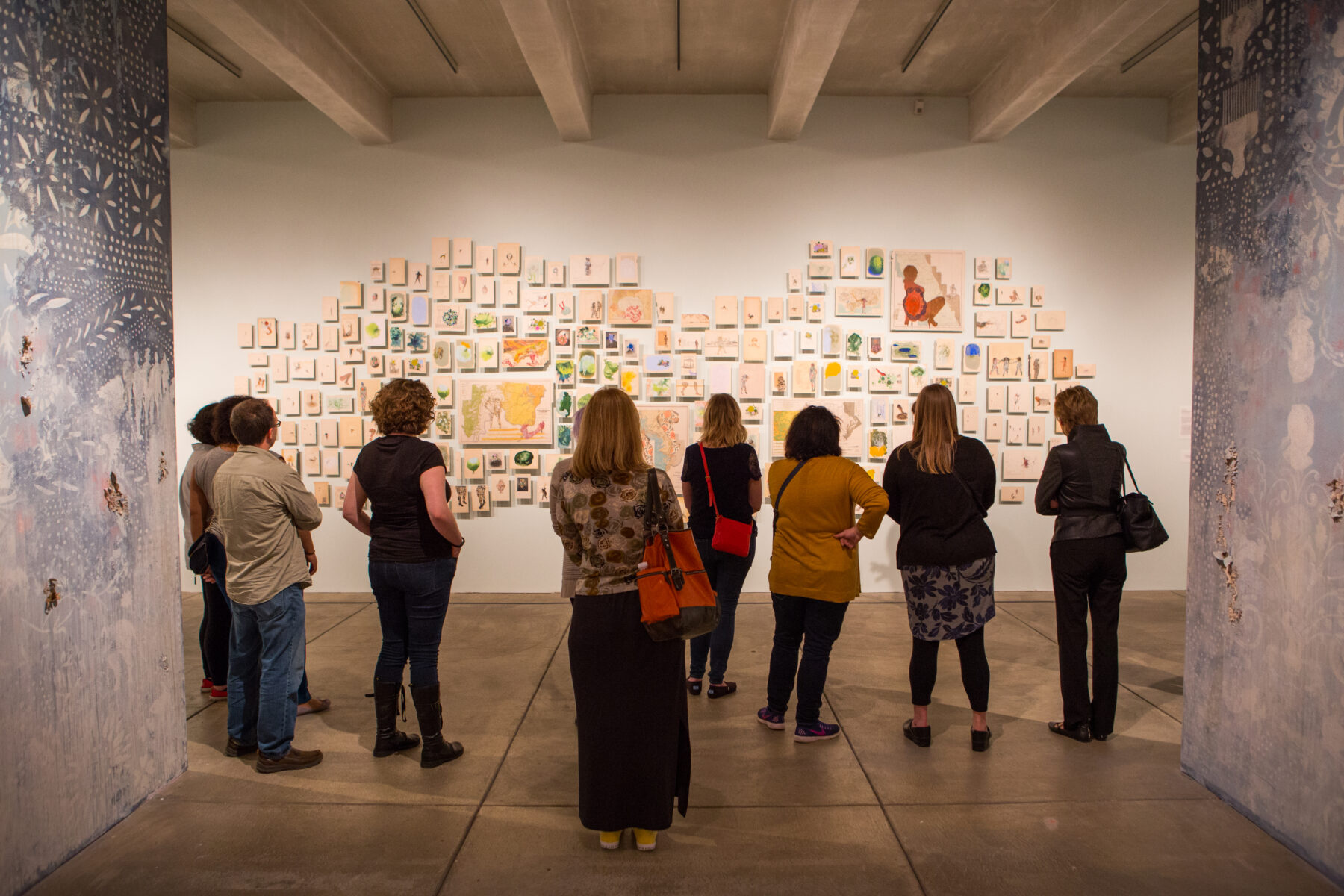
Photo by Sean Carroll

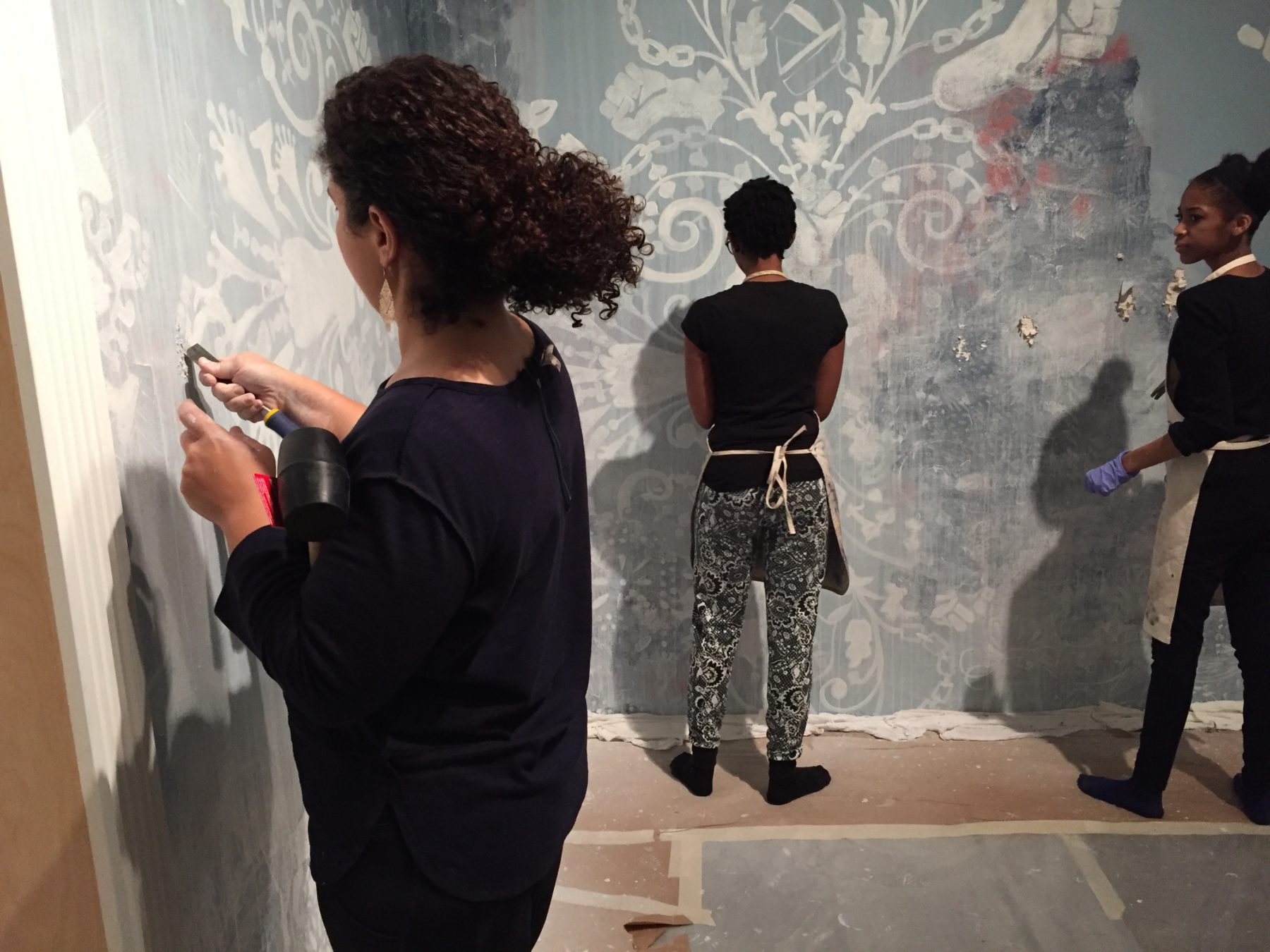

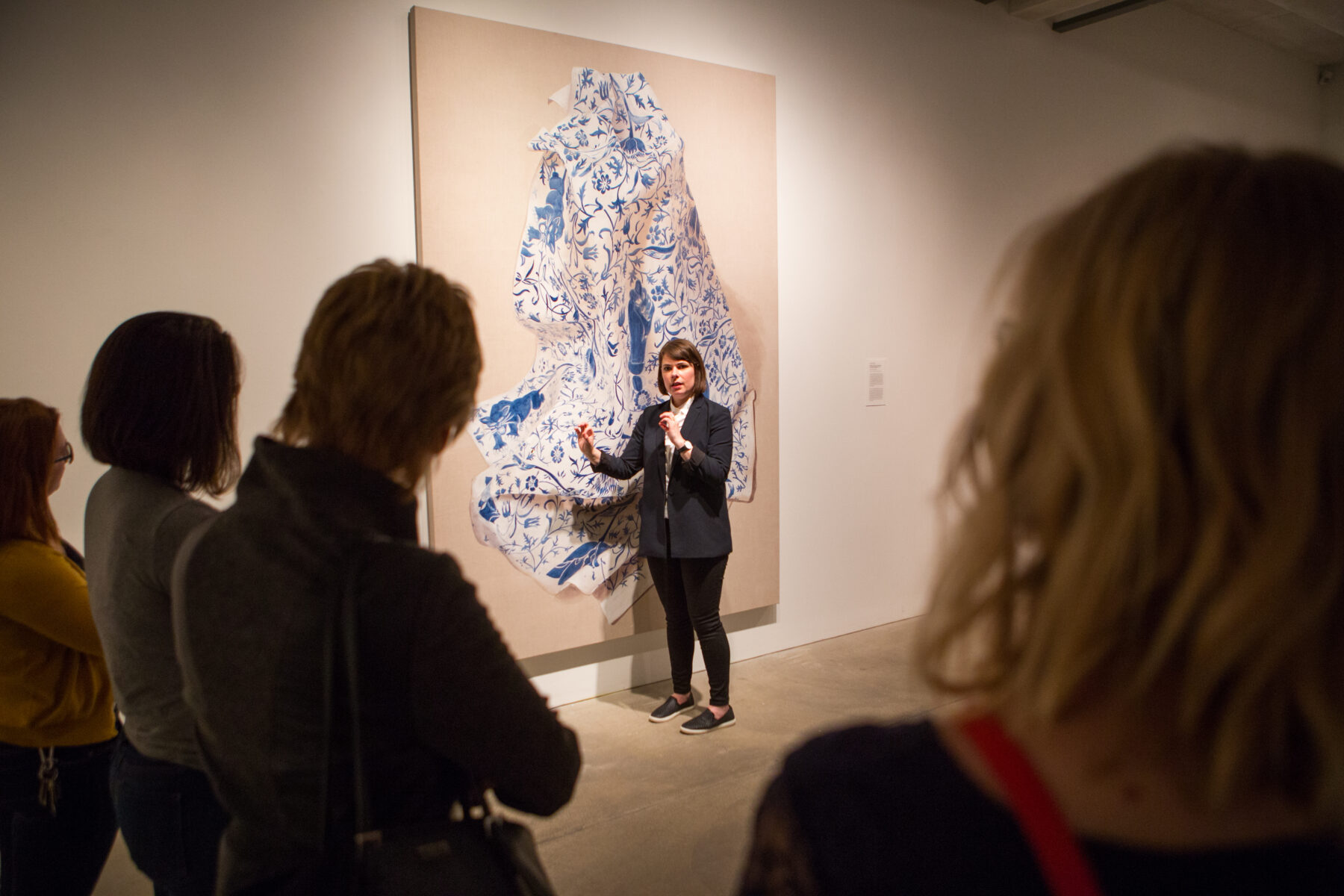
Photo by Sean Carroll
